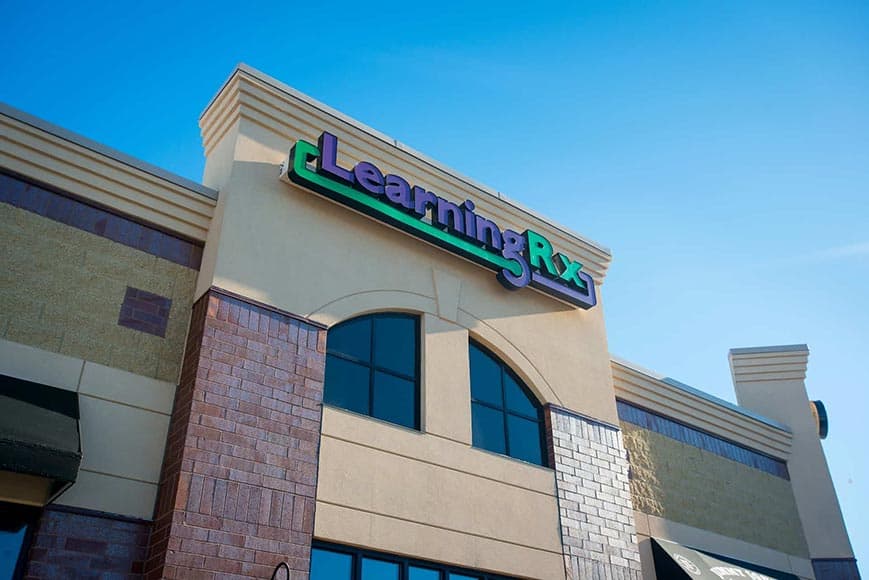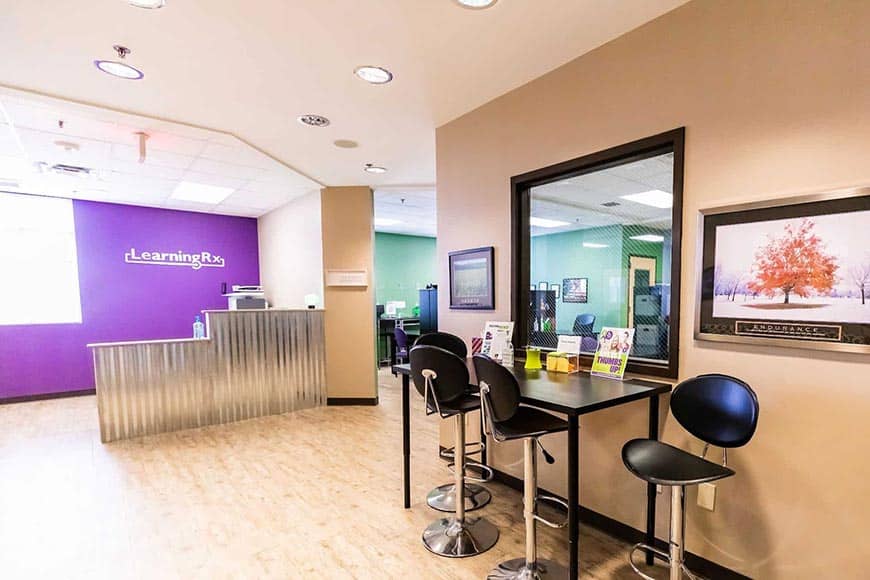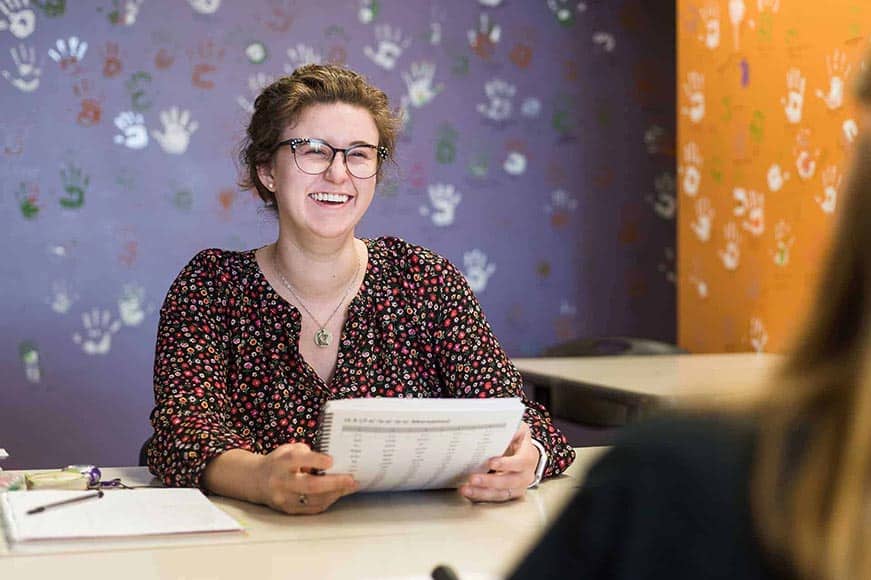Vision Therapy vs. Training Visual Processing
When it comes to enhancing visual capabilities, terms like “vision therapy” and “training visual processing” are often used interchangeably. However, these two approaches, while related, have distinct differences in their methodologies, goals, and applications. Understanding these differences is crucial for selecting the right intervention for improving visual skills and cognitive performance.
Signs of Visual Processing Weaknesses
The eyes and the brain have to work together efficiently to accurately take in the world around you and complete a variety of tasks. Signs that visual processing may be a struggle for your child (or you) include things like:
- Struggling to visually track information across a page
- Frequently skipping words, letters, or lines while reading or taking tests
- Switching letters or numbers (like b/d, 6/9, etc.)
- Inability to envision how elements fit together (like in a puzzle or building project)
- Poor reading comprehension
- Not being able to think in pictures or accurately envision something without seeing it in front of you
- Being a visual learner (because they can’t envision, they need to see everything in order for it to stick). Learn more about learning styles here >>
What is Vision Therapy?
Vision therapy is a customized program of visual activities designed to correct or improve specific visual problems and conditions. Typically administered by optometrists, vision therapy aims to develop or improve fundamental visual skills and abilities, enhance visual comfort, ease, and efficiency, and change how a person processes or interprets visual information.
Key Components of Vision Therapy:
- Eye Exercises: Activities that strengthen the eye muscles and improve coordination.
- Visual-Motor Integration: Techniques to improve the connection between visual input and motor output.
- Perceptual Training: Tasks that enhance the brain’s ability to interpret and respond to visual stimuli.
Vision therapy can be particularly effective for conditions such as:
- Strabismus (crossed eyes)
- Amblyopia (lazy eye)
- Binocular vision problems (issues with eye teaming and coordination)
- Convergence insufficiency (difficulty in keeping the eyes aligned for close work)
What is Training Visual Processing?
Training visual processing focuses on enhancing how the brain processes visual information. Unlike vision therapy, which often addresses mechanical and structural issues of the eyes, visual processing training is more about cognitive function. This type of training is designed to improve skills such as visual memory, visual discrimination, and spatial relationships.
Key Components of Visual Processing Training:
- Visual Memory Exercises: Activities that help improve the ability to remember visual information.
- Spatial Reasoning Tasks: Exercises that enhance understanding of spatial relationships and visual orientation.
- Visual Discrimination Activities: Tasks that sharpen the ability to notice differences and similarities in shapes, patterns, and objects.
- A Whole-Brain Approach: Effective visual processing training will also consider cognitive weaknesses in areas like logic, processing speed, memory, and attention to support the brain in its ability to learn efficiently
Brain training that targets visual processing and other cognitive skills is beneficial for individuals who struggle with:
- Dyslexia and other reading difficulties
- Attention Deficit Hyperactivity Disorder (ADHD)
- Learning disabilities
- Poor academic performance
Comparing Vision Therapy and Visual Processing Training
While both vision therapy and visual processing training aim to improve visual capabilities, their focus and methods differ significantly:
| Aspect | Vision Therapy | Visual Processing Training |
| Primary Focus | Eye function and coordination | Cognitive processing of visual information |
| Administered By | Optometrists or vision therapists | Cognitive trainers |
| Typical Interventions | Eye exercises, visual-motor integration | Cognitive exercises (including memory, attention, and spatial reasoning tasks) |
| Targets | Structural and functional eye issues | Cognitive and visual processing issues (what the brain does with visual stimuli) |
Choosing the Right Approach
Deciding between vision therapy and visual processing training depends on the specific needs of the individual. For those with diagnosed eye conditions that affect the physical mechanics of vision, vision therapy may be the most effective approach. On the other hand, if the challenges are more related to how the brain interprets and processes visual information, visual processing training can offer significant benefits.
In many cases, a combination of both approaches may be helpful. When the mechanics of the eye are working correctly AND the brain is processing visual information efficiently, individuals can overcome many of the struggles with visual processing.
If your child’s eyes are structurally functioning correctly and their vision is strong yet they still struggle in areas related to reading, visual processing, and visualization, contact us today to learn more about our cognitive training options.







